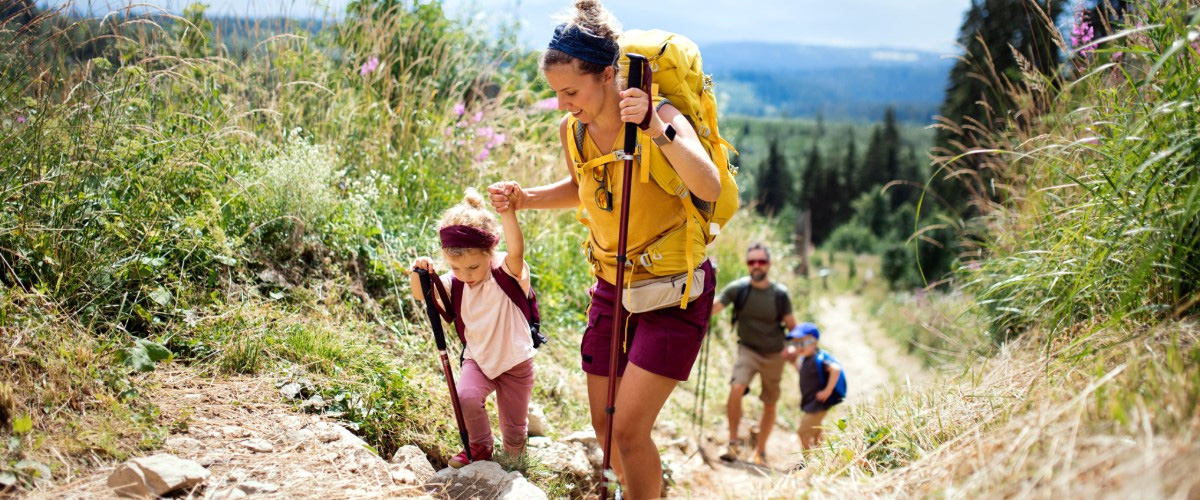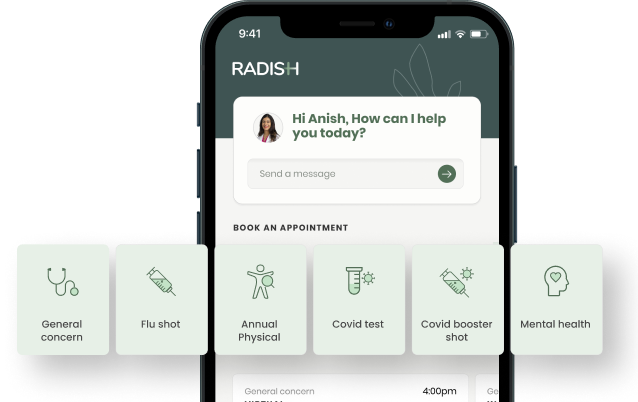Watch Out for Poison Ivy!

Jason Sellers, MD
As nature blooms, so do the risks of encountering poisonous plants like poison ivy and poison oak – even in your own backyard! These plants can irritate the skin, leading to discomfort and itching that can be hard to treat. Here’s what you need to know to stay safe!

As spring blooms and outdoor adventures beckon, it’s essential to be aware of poison ivy and poison oak, two plants notorious for causing itchy, uncomfortable rashes upon contact. Whether you’re an avid hiker, gardener, or simply enjoy spending time outdoors, knowing how to identify, prevent, and treat exposure to these plants is crucial for a safe and enjoyable outdoor experience.
Poison ivy is generally recognizable by its clusters of three glossy leaves that change color throughout the seasons, and poison oak is similar but resembles oak leaves with lobed edges. They can grow in wooded areas, along trails and fences, in open fields, and especially in your backyard!
Prevention is your best defense
- Learn to identify these plants and avoid contact whenever possible.
- Wear long sleeves, pants tucked into boots, and gloves when working in areas where these plants may be present. This is especially important as you start working in the backyard!
- Consider applying an over-the-counter barrier cream before outdoor activities to provide an additional layer of protection against the oils that can irritate your skin.
- Wash clothing or equipment that may have come into contact with poison ivy or poison oak to remove residual oils.
When you need to treat
- Wash the affected area with soap and cool water as soon as possible to remove oils from the skin. Poison ivy and oak are only “contagious” when the oils are still on your skin prior to first cleaning. Everything that appears after (rash, itching, blisters) is your body’s immune reaction.
- Apply over-the-counter hydrocortisone cream or calamine lotion to reduce itching and inflammation. Cool compresses can also be helpful.
- Take an oral antihistamine such as Claritin or Zyrtec to help relieve itching and discomfort, especially if the rash is widespread.
- Avoid scratching, as it can lead to infection and prolong healing.
- If the rash is severe or widespread, chat with your Radish doctor, who may prescribe oral steroids or other medications to alleviate symptoms.
Understanding how to identify, prevent, and treat exposure to poison ivy and poison oak is essential for enjoying the outdoors safely. By familiarizing yourself with these plants, taking preventive measures, and knowing how to treat exposure, you can enjoy the great outdoors with confidence and peace of mind. As you venture into nature, keep an eye out for these leafy adversaries and take the necessary precautions to stay rash-free and revel in the wonders of the wilderness!
Request a Free Demo
Learn how Radish Health can help you improve employee health and save on healthcare.
Request a Demo